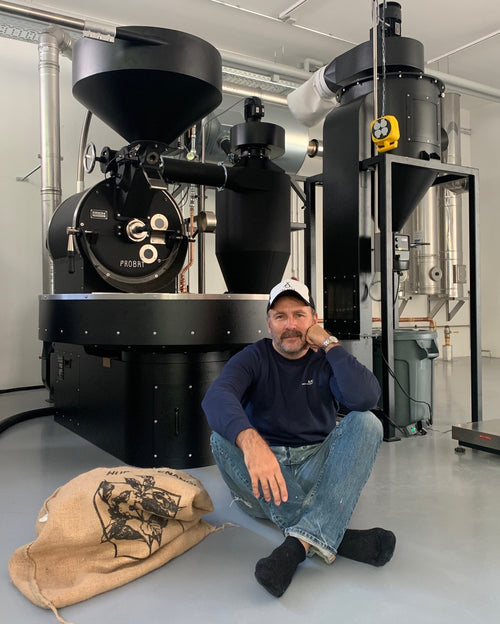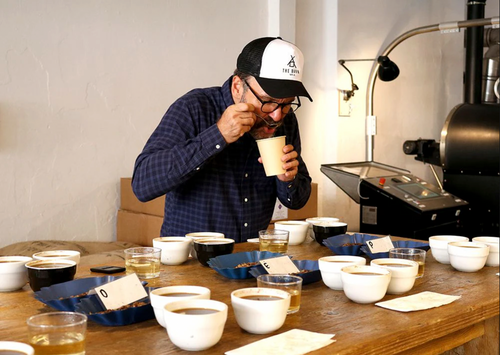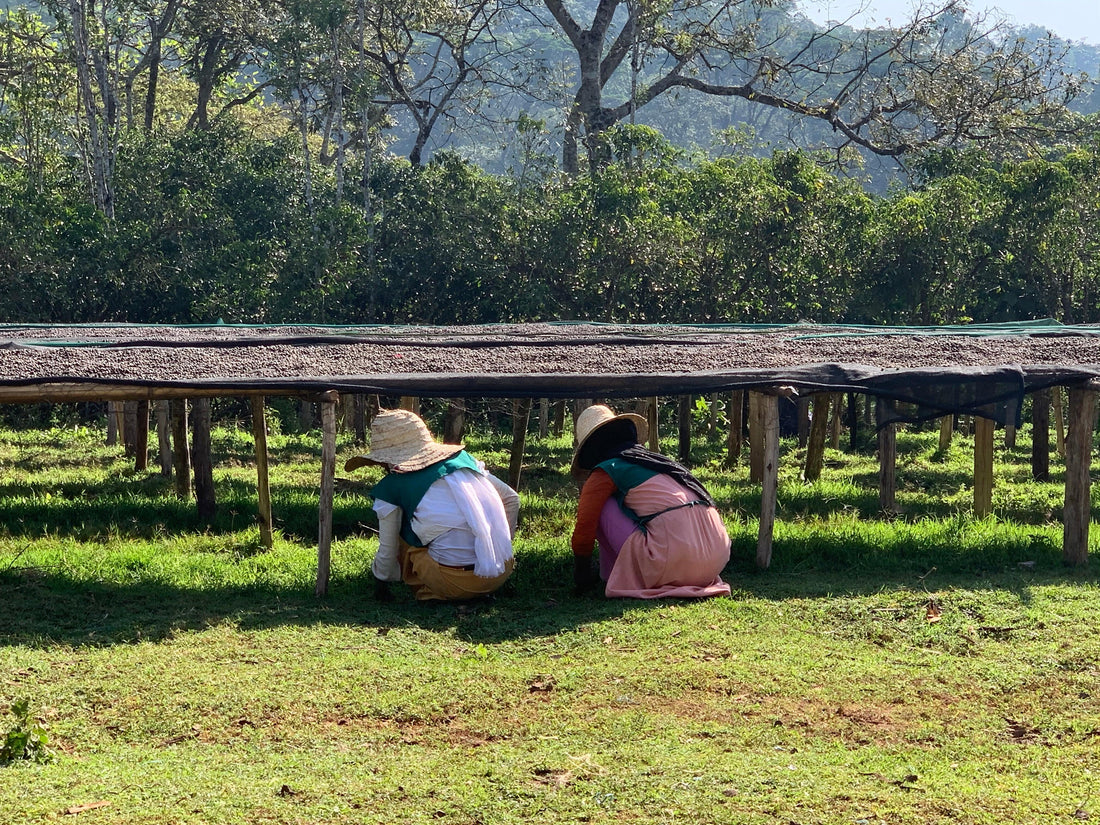In January we visited our farm partners in Ethiopia to catch up and to have a first look at current harvest. Find out more on each farm update below. But first, we want to share an overview of coffee in Ethiopia with you. Ethiopia is often mentioned as the birthplace of coffee. Most varietals are heirloom and they taste absolutely fantastic. Flavours ranges from jasmin, blacktea or hibiscus to peach or nectarine. Bodies and mouthfeel are typically elegant. Oftentimes, Ethiopian coffees are described as tea-like and very aromatic. Historically coffee in Ethiopia was grown wild in pristine forest. Today, most of the coffee is still grown in garden estates – with very little plant management or any form of fertilization. The plants have not been cross-bred which makes them strong and resistant to disease. This is also the reason why almost all coffee from Ethiopia are pure and organic.


KEY REGIONS
In 2008 the Ethiopia Commodity Exchange was introduced and coffee grading and export centralized. While the coffees would still be harvested and dried by smallholders and cooperatives they would then be transported to central warehouses, separated into regions and graded. Micro-regions and farms would be mixed. While this system garantueed a faster payment for the smallholder farmers it made full traceability impossible. Only 3 years ago Ethiopian laws have changed and now allow us to buy from Single Estates directly. Most of the coffee production is found in the Southern part of Ethiopia, in the regional state Oromia, which is the home to the Oromo tribe. Some of the most well know regions and varietals can be found here: Yirgacheffe, Sidama, Jimma, Guji, Harrar. Oromia has a long history of coffee farming and gold mining and therefore is one of the wealthiest parts of Ethiopia. Many Oromo fight for gouvernmental and regional indepence, causing political tension in the region with a clear impact on coffee production.RAIN
Ethiopia has two rain seasons – a larger one from June till end of October and a smaller one in March. Harvest season is between early October and end of January, with harvest starting earlier in the South-Western part: regions such as Guji and Jimma. Like in Kenya rain patterns have changed over the last 2 years: Ethiopia has seen lots of very late rain this season – in some regions it would not stop raining till beginning of December. Which not only delayed harvest but made drying very tricky. Some farmers reported drying times for their naturals going up to 28-30 days while they would normally only dry for around 23 days. But farmers are not only battling with erratic rain patterns. Massive swarms of locusts have done dramatic damage mostly in lower altitudes. Reportedly Ethiopia is facing the largest locusts plague since 70 years: while the insects do not eat coffee plants or cherries, they have destroyed the nutritional base of the rural population. The late rains favored the breeding of the locusts first in Yemen and Somolia – the swarms moved on to Ethiopia and are already entering Kenya.

Mohamed Ali - Jimma 2050 meters elevation
Mustafa Mohamed Ali is a second generation farmer – his father started the plantation next to his Koran School around 60 years ago. Both his farms in Boto and Gera are fully organic: the coffee is grown in the surrounding forest, with very little plant management and no fertilization. All his coffees are processed without the use of water. This year Mustafa has produced a split of honeys and naturals. During harvest Mustafa employs with 50 pickers and another 40 workers on the drying beds. Most of them live around his farm and can be held in off-season: clearing the forest, cutting back the coffee tress, planting or building drying beds. Ever since Mustafa got his licence to export as a Single Estate he has invested most of his income back into the farm. He has built 30 new drying beds and he is planning to built a plant nursery. Mustafas efforts are paying off and he’s managed to increase his production. However, like many farms in Ethiopia he is struggling with the unusual rain patterns and got under pressure in the drying phase. While there has already been huge positive impact there is still a lot to improve. Mustafa is doing what he can to elevate the quality at and around his farm.DAMBI UDDO - Guji Highlands
2145 meters elevation Dambi Uddo is located in the beautiful highlands of Guj. Dambi Uddo is the name of a small village next to the estate. Shakisso is the next larger town. Dambi Uddo has 160 hectares land, split into 6 different plots. The farm feels like a massive, natural botanical garden, very clean and organized. Coffees are shade-grown in the forest, surrounded by all sort of wild life and flora. The co-existence of humans and nature seems almost symbiotic here and the environment is treated with much care. There is a good understanding of the farm land being the resource of its community – through coffee farming, beekeeping, etc. Just as on Mustafas farm there is very little plant management work to do and no fertilization needed. Through very good picking and processing 70% of the estates output is grade 1 & 2. They have 220 beds for naturals and 169 beds for washed coffees and throughout the season processed around 250t of cherry. Guji Highlands Company has built a dry mill in Addis that we visited at the end of our trip. The newly built mill was pretty impressive but had not really been in use yet. We can expect great sorting from the state-of-the-art equipment.














